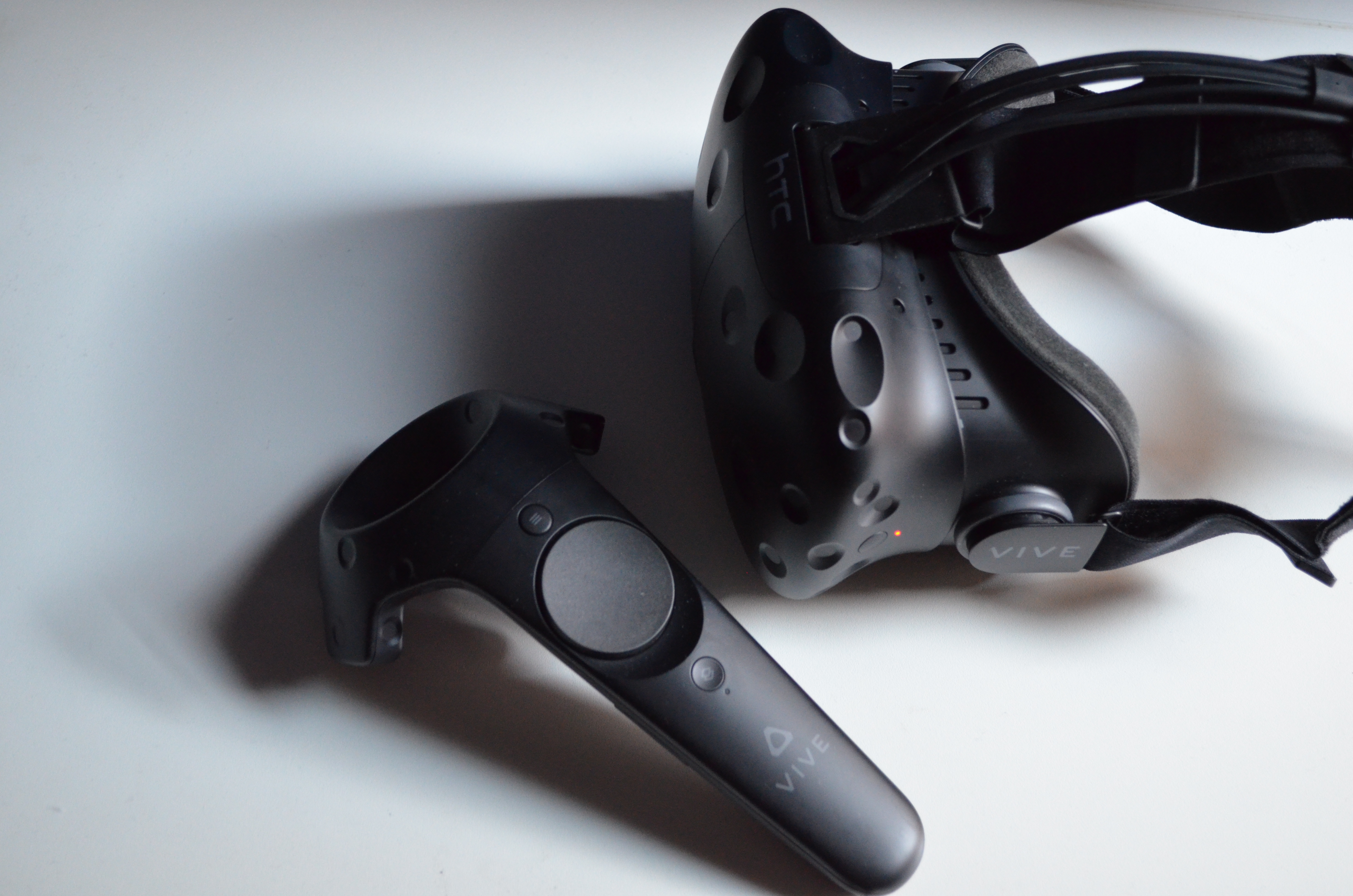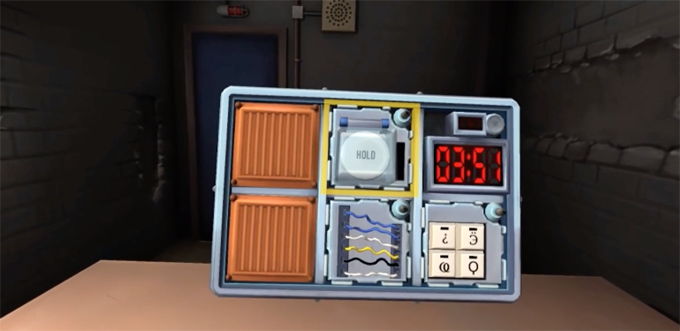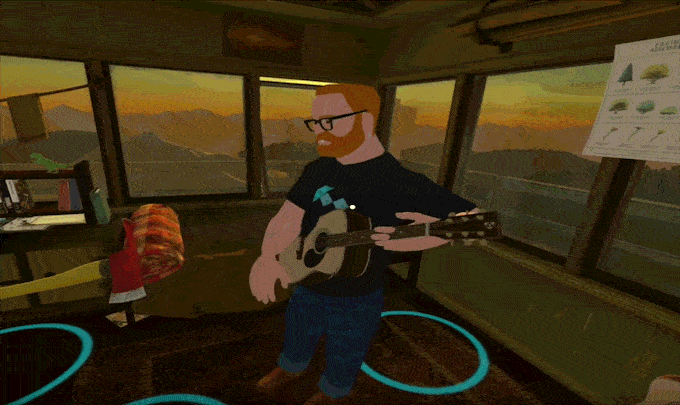
I’ve spent a lot of time in virtual reality. A whole lot. We’re in the middle of building a VR testing lab at the TechCrunch office, and I’m trying to iron out as many kinks as possible before said kinks end up costing me money. Between the Rift CV1 and the Vive, I’ve spent more time in a VR headset than anyone who isn’t building VR stuff should have at this early point.
I’ve come to realize a few things about VR in that time — things that weren’t immediately obvious when I was just pondering how neat VR could be, or during the many sessions I’d had with the early developer headset prototypes.
None of this is meant to make any grand statements about the future of VR. Consider it more of a captain’s log from someone who has spent too many hours with a little box strapped to his face.
Here’s what I’ve noticed:
- It’s still early days, so don’t expect the (virtual) world just yet. A lot of the stuff out there shows massive promise — but plenty of it is not great. I checked out most of the 30 Oculus Rift launch titles, and I’d say maybe five are really great examples of what VR brings to the table. Many aren’t really improved by VR; they’re just okay games that happen to have VR support. Some of them are actually made worse by poorly shoehorned VR into an otherwise intriguing game (I wanted to love you, Chronos, but your fixed camera that changes wildly from room to room is the worst.) The Vive has some truly mindblowing stuff that brings in its motion-sensing controllers, but it’s largely short demo experiences right now. But that’s okay! Devs are still figuring out what works… and when it all works, holy crap.
- VR Neck is a thing. Strapping a headset to your face for hours on end and throwing your head about makes your neck hurt. I’m not going to scaremonger here — I’m no doctor, and I won’t try to play one on the internet — but… well, take breaks and stretch your neck. Your neck is pretty important.
- You need a dedicated place for your VR headset to sit when not in use, and make sure its cables are out of the way and/or tucked behind your desk. Both the Oculus Rift and the HTC Vive have long, thick cables attached to them — cables that are easily tripped over or caught on your foot while you sit at your desk. Trip over that wire and you’ve just sent your $500+ headset, with its fragile innards, rocketing toward the ground. It’s an easy but super-expensive mistake to make.
- The Oculus’ built-in (but optional!) headphones are really great. I initially figured I’d rip them off; now I find myself hoping it becomes the standard. It’s one less thing to think about when strapping the headset on, and I can quickly tug them out of the way if I think someone is trying to sneak up and murder me (or, you know, trying to talk to me).
- Speaking of which, using VR when you know someone else is home but not in the same room is… distracting. It can be hard to get the attention of someone when they’re in VR, so I’m constantly expecting someone to tap my shoulder and scare the hell out of me. I keep my phone in my pocket and ask people to text me when they need my attention. If you’re thinking, “Well, that’s weird” — yes, yes it is. There should probably be a better solution for this.

- Some of my favorite experiences are the things I absolutely wasn’t expecting. I thought I’d be all about the FPS or the driving games… and yet, none of the ones I’ve seen have really blown me away. Meanwhile, Keep Talking And Nobody Explodes (a game where the headset wearer is defusing a bomb while his/her friends dig through a twenty-page printed manual for instructions) has eaten many evenings at my house.
- Hand controllers are everything. It takes the experience from “Oh this is neat” to “OH MY GOD THIS IS MAGIC.” Rift doesn’t do it yet (it’s coming, but they didn’t want to delay the headset until the controllers were done), but the Vive does.
- On that note, hand-detection has to be done well or it sucks. If it’s not consistent (if you can pick up one small object but not the other, for example, or if the collision/boundary detect isn’t awesome), it’s super distracting.
- Get used to having a little ring around your eyes/nose where the headset had been sitting, much like the one you might get after wearing snowboard goggles. It’s hardly the worst thing in the world, just be aware of it: I answered the door for a delivery person with that big ol’ mark on my face and he looked at me like I had something contagious. Don’t go into your big meeting with VR face (unless you work at a VR company, then it’s probably okay).
- This really is a whole new medium. The newly founded VR talk show FOO does a damned good job of demonstrating that. Others had tried the VR talk show thing before, but none had hooked me. In the first episode of Foo, the host (Will, the gent with the guitar below) takes you into the world of Firewatch — a game I already adored — and brings two of the game’s developers along for the ride. They roam around one of the game’s main environments, picking up objects and explaining how they came to be, dropping little bits of trivia along the way. It felt like I had snuck behind the scenes, and… weirdly, it was one of the first times I really lost myself to VR, forgetting that I had a headset on at all. It didn’t feel like a podcast; it didn’t feel like DVD commentary. It felt like something new and awesome.
